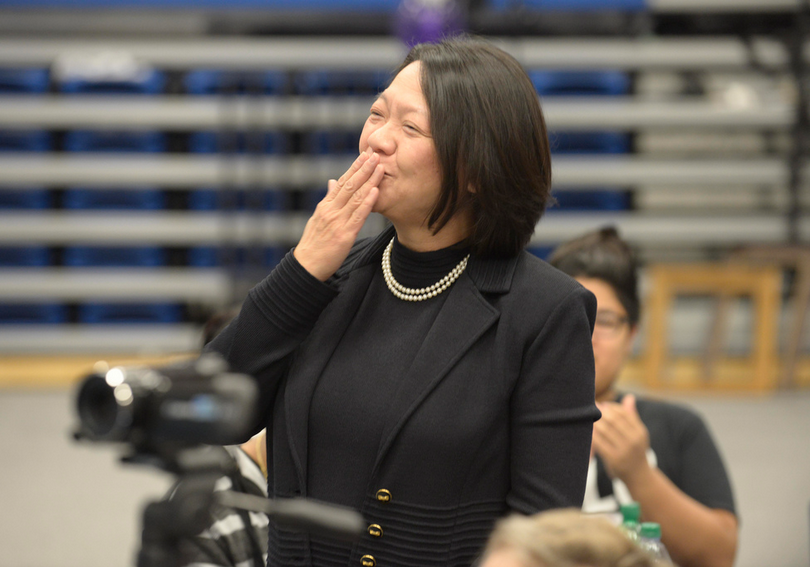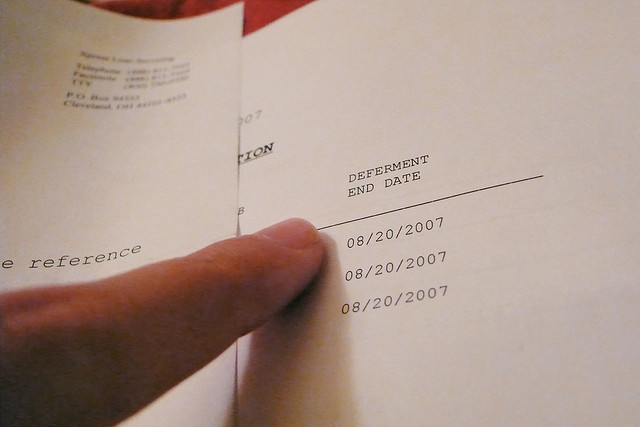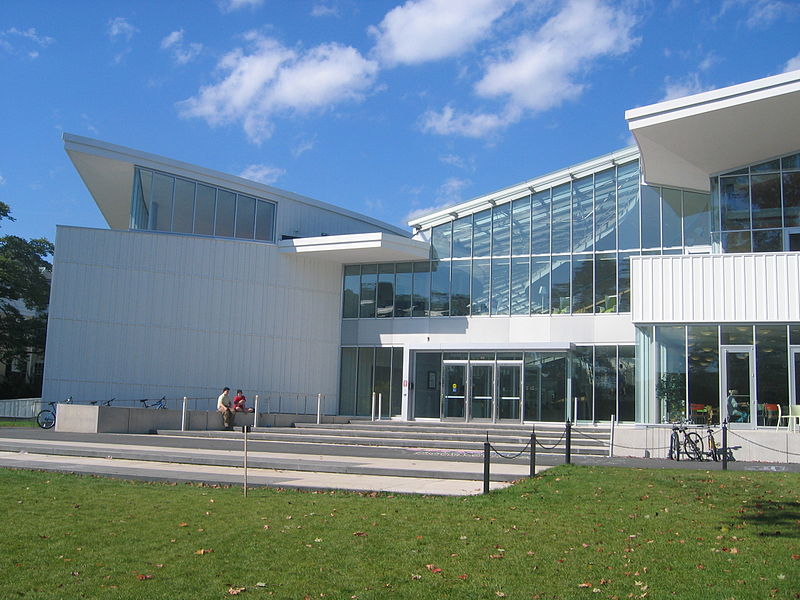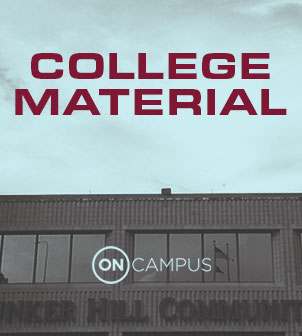increasing access and success
At the Higher Education Desk we talk a lot about increasing access for low-income students, largely because delivering affordable, high-quality college education to more people is a pressing economic issue in the twenty-first century.
Thomas Piketty is currently the Associate Chair at the Paris School of Economics. In his new book, Capital in the Twenty-First Century, he analyzes data from 20 countries from as far back as the eighteenth century.

Affirmative action cases at the Supreme Court have always dealt with some version of the question,"is affirmative action constitutional?"
However, in the latest case making headlines, that question is flipped on its head. Instead of asking whether affirmative action is allowable under the Constitution, Schuette v. Bamn asks if it's ok that a state ban affirmative action. And the answer is, yes.

Last month The College Board, the nonprofit that writes and publishes the SAT, announced that the high-stakes college entrance exam will be changing. On Wednesday, it's showing the public exactly what the redesigned test will look like and now the test-prep industry is bracing for the changes.
For decades, people who could afford certain advantages - like taking expensive SAT prep courses - have enjoyed a leg up in the college acceptance game. The hopes to change that.
With a population more than twice as Hispanic as the national average, California has a lower-than-average proportion of Hispanics with college or university educations, and no institution among the top five for awarding them degrees, according to a new study.
The state is 38 percent Hispanic, compared to the national average of 17 percent. But only 16 percent of adults aged 25 or older have degrees, compared to the national average for Hispanics of 20 percent, the study, by the advocacy organization Excellencia in Education, finds.

When the media talks about colleges and universities during this admissions season, visions of tree-lined quads at four-year liberal arts institutions may come to mind. But the truth is that almost half of undergraduate students in the United States actually go to community college.
Pam Eddinger is the president of Bunker Hill Community College in Boston, where 14,000 students are working towards certificates or degrees.
On Campus recently talked to Eddinger about the unique role community colleges play, and we started out by asking her what first drew her to the community college scene.

For years, the Higher Education Act has set the ground rules for all federal financial aid to students. Now, the Act is up for reauthorization.
To prepare for the day when Congress has to give its stamp of approval on the massive bill, the Senate Health, Education, Labor, and Pensions Committee has begun holding hearings on provisions lawmakers want to re-evaluate.














